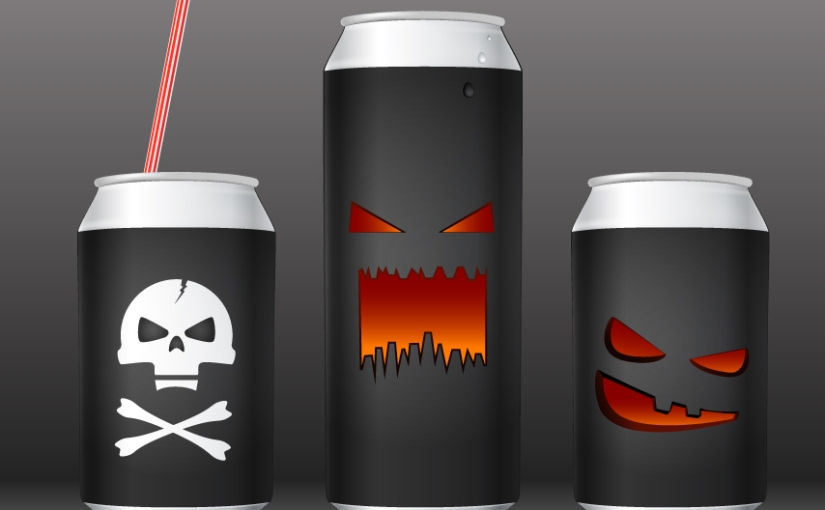The day that kids and dentists everywhere have been waiting for has finally come… Happy Halloween! Regardless of whether or not you have a sweet tooth, the conspicuous presence of candy in every store and on doorsteps can be quite tempting. In a country where we are bombarded with sugary sweets year-round, what’s one day a year of excess… right? My philosophy on Halloween candy is to not settle for low-quality candy, but to indulge in a few treats that allow you to make every calorie count. Notice I said this is my HALLOWEEN candy philosophy….I don’t recommend eating sugary goodies everyday of the year.
You can avoid wasted calories and preservatives this Halloween by trying some of the following:
- Dark chocolate instead of milk chocolate; aim for greater than 60% cocoa
- Home-made cookies and sweets
- Treats made with real fruits; for example- strawberries dipped in dark chocolate
- If you need some good old fashioned candy, go for the fun-size packs instead of the full size candy bars; you will consume about 30-50% fewer calories
- Candy with nuts or dried fruit, like chocolate covered almonds
If you’re feeling really crafty, try one of my favorite candy recipes: Home-made Reeses
16 oz semisweet chocolate, chopped
1/2 cup creamy natural peanut butter
2 tbsp butter, softened
1.75 oz confectioner’s sugar (1/4 cup+2 tbsp), sifted
Melt half the chocolate either in a double boiler (the safer method) or in the microwave (the more dangerous, but easier/lazier method).
Distribute the melted chocolate into the 12 muffin tins only barely filling the bottom of each cup. If the chocolate does not lie flat, drop the pan repeatedly on the counter, and it will flatten and smooth itself out. Place the pan in the freezer for 15 minutes.
In the meantime, whip the peanut butter, butter, and confectioner’s sugar together with a hand mixer until mixed and light. Taste it and make sure the sweetness is to your liking. Place small tablespoons of peanut butter into each cup, then drop the pan repeatedly on the counter again, so the peanut butter layer is flattened out. Place in the freezer for 15 minutes.
Melt the last 1/2lb of chocolate, and portion small spoonfuls of chocolate into the cups, one cup at a time, immediately dropping the pan repeatedly on the counter to flatten each cup. In my experience of making these, the chill from the peanut butter will harden up that top layer of chocolate very quickly, so you must flatten out the tops immediately after you pour the chocolate into each cup. Place the peanut butter cups in the freezer for 15 minutes to set the top layer of chocolate.
You can either refrigerate them for a peanut butter cup with more bite, or leave them at room temperature for a softer, creamier bite. Just peel the wrapper off, and enjoy!
My last piece of advice is to avoid consuming candy or sweets that contain any of the following:
- Partially hydrogenated oils/ trans-fats
- Artificial sweeteners
- Artificial colors
- Ingredients such as TBHQ and DATEM (preservatives)
And always remember to brush your teeth after eating sweets of any and all kinds!

